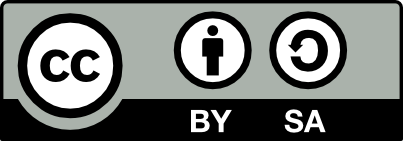Archives
International Journal of Zoology and Applied Biosciences Research Article

A histological observation on heavy metal induced implications on respiratory epithelium and its causative impact on a catfish Heteropneustes fossilis (Bloch)
Sachchidanand Mishra
Year : 2024 | Volume: 9 | Issue: 6 | Pages: 29-32
Received on: 06/10/2024
Revised on: 17/10/2024
Accepted on: 10/11/2024
Published on: 18/11/2024
-
Sachchidanand Mishra( 2024).
A histological observation on heavy metal induced implications on respiratory epithelium and its causative impact on a catfish Heteropneustes fossilis (Bloch)
. International Journal of Zoology and Applied Biosciences, 9( 6), 29-32.
-
click to view the cite format
Abstract
Present study is based on lead nitrate induced histological effect on the respiratory organs of Heteropneustes fossilis (Bloch). Lead nitrate is a heavy metal compound which used in many industries and indiscriminately drains out in water system and contaminates aquatic medium leads serious hazardous effect on respiratory epithelium of fish. Lead nitrate induced alteration on respiratory epithelium associated with the air breathing organ, suprabranchial chamber and air sacs of Heteropneustes fossilis (Bloch) and also affect the oxygen consumption capacity of fish which adversely affect its survival. Heavy metal poisoning produced remarkable histopathological deleterious effect on the accessory respiratory organ decreases the rate of oxygen consumption. Various concentration of lead nitrate showed noticeable histopathological changes which is a sign of serious effect of this heavy metal and its bioaccumulation ultimately dangerous for human consumption of contaminated fish through food chain.
Keywords
Lead Nitrate, Histological changes, Oxygen consumption,Food chain.











